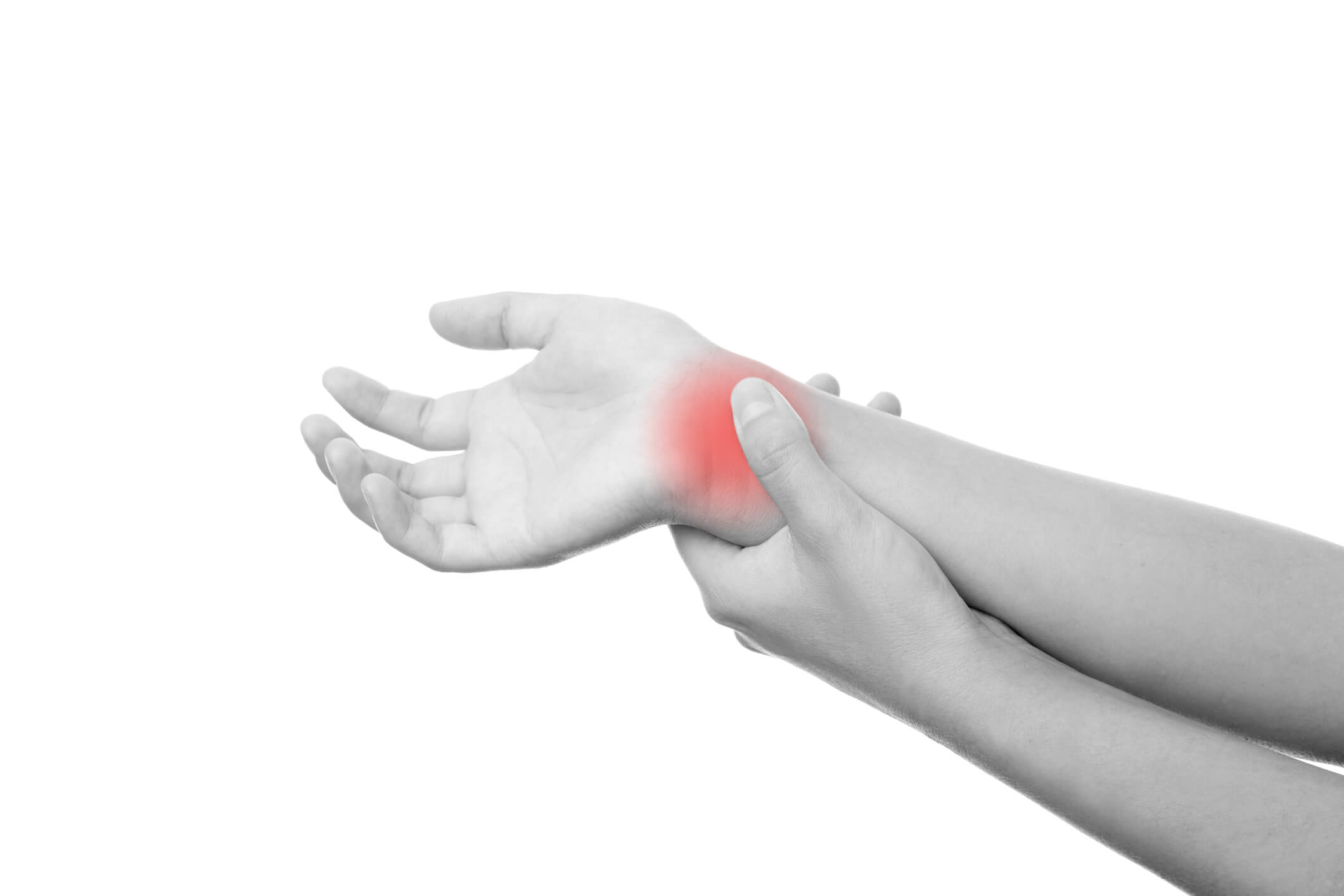Mr Lee Parker
Consultant Foot and Ankle Surgeon
Specialist expertise: Foot and Ankle Conditions, Orthopaedics, Foot & Ankle, Bunions, Hammer Toe, Sports Injuries, Achilles Tendon Surgery.
Ligament damage occurs when the band of tissue that connects bones around a joint is suddenly torn or stretched further than its normal range, resulting in injury.

Ligaments are made of tough, flexible tissue that connects bones together to hold them in place. They are located around your knees, ankles, elbows, shoulders, and other joints, allowing movement between your bones, but are limited in flexibility.
Ligament damage occurs when a ligament is suddenly twisted or stretched further than its normal range or suffers an impact. Sprains, strains and tears are common injuries to affect the ligaments, and these are most common in the ankles, knees, wrists, back, neck, and fingers and thumbs.
When a ligament is damaged, it can cause severe pain, which is usually accompanied by swelling and bruising. You may also have a reduction in the range of motion and more pain when weight bearing on the affected joint, and the joint may also feel loose or weak. In some cases, ligament damage can be audible when incurred, with a loud snap or popping sound.
Most cases of ligament damage are a result of a forced bend or stretch at an unnatural angle. This can occur when rolling an ankle when missing a curb, twisting the knee when playing sport, or landing on an outstretched arm, for example.
Risk factors for sustaining ligament damage include lack of care when walking or exercising and factors that can weaken your ligaments such as poor diet, being over 30 years of age and not exercising regularly.
Ligament damage can be categorised into grades, from grade 1, the least severe, to grade 3, the most severe. Grade 1 is where a ligament has been slightly overstretched or torn. This may cause swelling, bruising, and pain when weight-bearing. Grade 2 involves a partial tear, with the same symptoms as grade 1, but with more severe pain and some difficulty using the affected limb or putting weight on it. Grade 3 damage is where there is a complete tear or rupture of the ligament, causing severe bruising, swelling and pain, and complete inability to weight bear.
At OneWelbeck, our orthopaedic consultants can make a diagnosis of ligament damage and recommend the most appropriate treatment based on the severity of the injury by doing a physical examination, assessing your symptoms and evaluating how the injury occurred.
Imaging tests such as MRI and X-ray may also be required to assess the severity of the damage and to check for fractures and other issues.
Treatment for ligament damage depends on the severity of the injury and how long you’ve been experiencing symptoms. For minor ligament damage, at-home care including rest, icing the joint, wearing compression bandages, elevating the limb and taking over-the-counter pain killers is often effective. Physiotherapy can also help rehabilitate the ligament and get the joint back to its full range of motion.
In more severe cases, where the ligament is torn, a minimally invasive surgical procedure called an arthroscopy (keyhole surgery) is often required to repair the damage in the joint.
Currently selected day
Available consultations
Symptoms
Severe pain, swelling
Causes
Forced bend or stretch at an unnatural angle.
Tests
Treatments
Physiotherapy, keyhole surgery
We boast a truly integrated team of orthopaedic surgeons, sports medicine physicians, podiatric surgeons, rheumatology specialists, paid medicine consultants and hand therapy specialists. All of these services work together in one place, enabling us to give patients the best care possible.